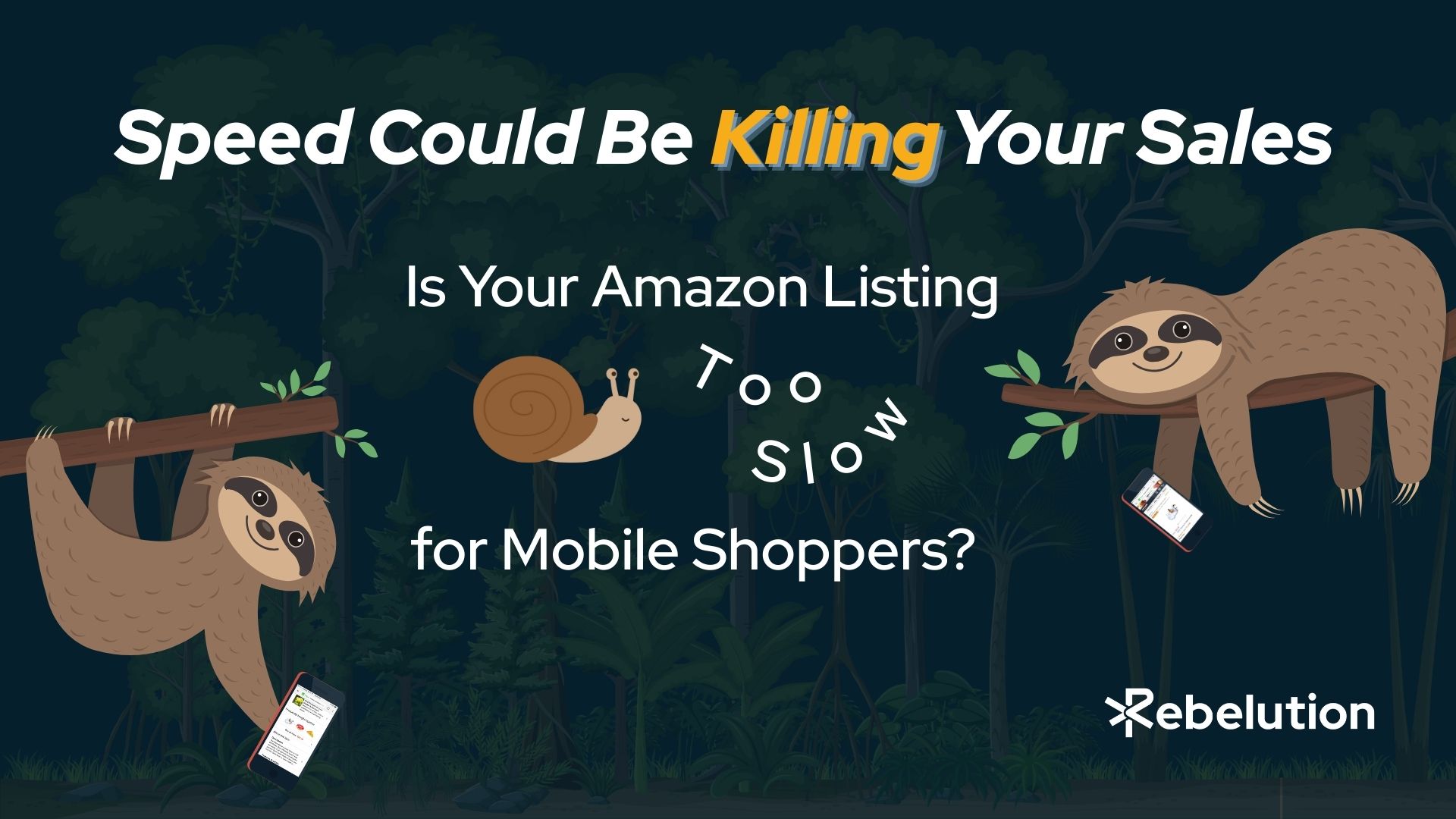A creative and analytical marketer with effective strategies to drive meaningful engagement and business growth in the e-Commerce world.
RebelBlog
Maximizing Mobile Commerce: The Imperative of Mobile Optimization

Mobile commerce, often referred to as m-Commerce, is not solely a trend but a revolution in the way people engage with online shopping. The dependence of smartphones has reshaped consumer behavior, making the shift to mobile commerce more than a preference; it’s a necessity for businesses looking to thrive in the digital marketplace. Data shows the significance of this shift, with mobile traffic consistently outpacing its desktop counterpart. This shift is neither a blip on the radar nor a temporary surge; it’s a structural change in how consumers engage with e-Commerce.
Meeting Customer Expectations
Today’s shoppers have high expectations for mobile shopping experiences. They demand a seamless, intuitive, and user-friendly interface. Any frustration caused by poor mobile optimization is a direct path to shopping cart abandonment and lost sales. A visually pleasing, responsive design is the bare minimum expected from an online store. When users access a website via their mobile devices, they expect it to work as smoothly as it would on a desktop. Anything less falls short of their expectations, potentially leading them to look elsewhere for a better experience.
The Mobile-First Index
The role of mobile optimization in search engine rankings cannot be understated. Google’s adoption of mobile-first indexing has significantly altered the digital landscape. Websites that are mobile-friendly are rewarded with higher search engine rankings. In a world where customers often begin their shopping journeys with a search engine query, this is an invaluable advantage. Rejecting mobile optimization not only hinders user experiences but also impacts a business’s visibility in the digital marketplace.
Enhancing the Mobile Shopping Experience
Mobile optimization is not a mere checkbox to tick; it’s a comprehensive strategy for cultivating a thriving online presence. The following strategies are key to enhancing the mobile shopping experience:
Responsive Design: A responsive website design ensures that the user experience remains consistent across various screen sizes and orientations. It provides an adaptable viewing experience, crucial for keeping customers engaged.
Streamlined Checkout: Complex, multi-step checkout processes are detrimental to conversions. Simplify the checkout experience with guest checkout options and mobile-friendly forms.
Mobile Payment Options: Integrating popular mobile payment methods, such as Apple Pay and Google Wallet, not only streamlines the shopping process but also increases conversion rates.
Mobile SEO: Mobile optimization includes creating mobile sitemaps, mobile-optimized content, and ensuring swift page loading, all of which enhance a site’s visibility and user experience in mobile search results.
Content Adaptation: Tailor your content for mobile consumption by using shorter paragraphs, engaging visuals, and mobile-compatible video formats.
Mobile Analytics: Utilize mobile analytics tools to gain insights into user behavior. Monitor conversion rates, bounce rates, and user journeys to refine your mobile strategy.
Mobile commerce is not just a part of the e-Commerce landscape; it is, undeniably, the future. Embracing a mobile-first strategy and optimizing for mobile users are no longer choices but critical components of competitiveness in the digital marketplace. Mobile optimization isn’t a luxury—it’s a necessity. It’s the key to attracting more customers, boosting sales, and fostering brand loyalty. In the era of mobile commerce, there is no time to wait. Begin implementing these strategies today to unlock the full potential of mobile commerce and create a shopping experience that customers will not only appreciate but also return to, again and again. Mobile optimization is your bridge to success in the evolving world of e-Commerce.



